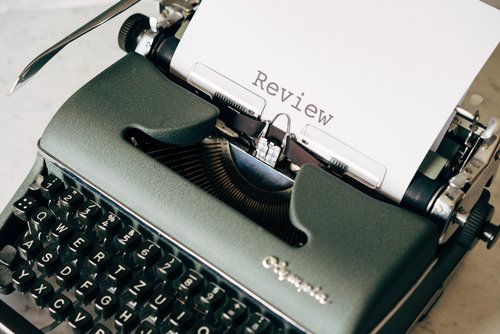I was big into reading as a little kid and my fascination with books and reading has remained through much of my life (unlike my affinity for swimming in very cold water, which has not).

When someone recommends a book to me I want to know why they liked it. If they tell me they “hated” a book I also want to know why. So it seemed like a good idea to start tracking what I was reading and spend at least a few short minutes recording why (or why not) I liked it (or not).
For real deal long-form reviews I try to stick with the advice of John Updike (see below). For casual “I just finished and here are my first thoughts” I try to explain what and why I liked/disliked the most.
John Updike’s 6 Rules for Reviewing
These are taken from an Atlantic article, published in 2012, which was based on the introduction of Picked Up Pieces.
1. Try to understand what the author wished to do, and do not blame them for not achieving what they did not attempt.
2. Give the author enough direct quotation — at least one extended passage — of the book’s prose so the review reader can form their own impression.
3. Confirm your description of the book with a quotation from the book.
4. Go easy on plot summary and don’t give away the ending.
5. If the book is judged deficient, cite a successful example along the same lines from the author’s ouevre (or elsewhere). Try to understand the failure; be sure it is the author’s and not yours.
6. Review ethically. The relationship of reviewer to public is based on the presumption of the joys of reading and our discrimination should ever curve to that end.